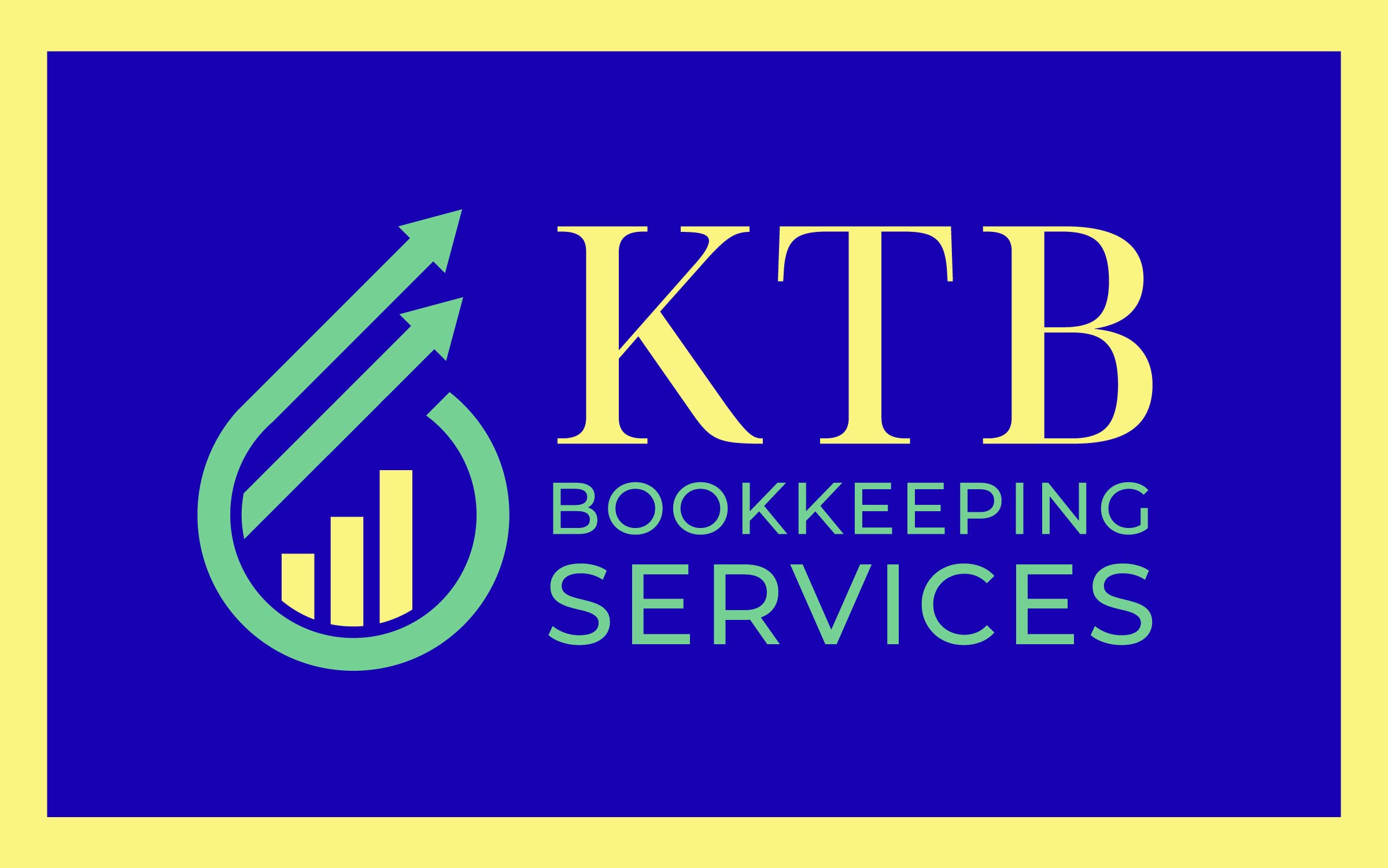Your business finances are one of the most important pieces of your business. We make decisions daily based on our business’s finances. Shouldn’t we understand the lingo? We created this page to help you understand just some of the bookkeeping/accounting terms that may not be clear when you hear them used in your office or by your accountant. We’ll only cover the most common terms used on the Income Statement and the Balance Sheet. We are more than happy to explain to my clients, any terms that may not be covered here.


